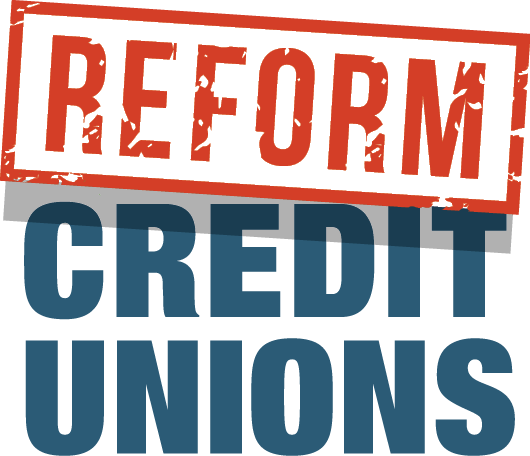There are moments when it’s easy to explain how large credit unions are abusing their federal tax exemption, which was created by Congress years ago to subsidize the provision of financial services to people of modest means.
Take PenFed, the nation’s third-largest credit union with almost $28 billion in assets. It boasts multimillion-dollar executive compensation packages; a gleaming $163 million office tower in suburban Washington; a $50 million ad campaign developed by the ad agency it acquired that also services other corporate clients including Hilton; and ownership of a luxury real estate brokerage.
Now, this “not-for-profit” has added a corporate jet. That’s not at all what Congress had in mind when it decided to subsidize credit union operations with taxpayer dollars.
CU Today reported last month that PenFed has purchased a corporate jet for more than $10 million. The Cessna Model 560XL is part of Cessna’s Citation line of private jets – one of the most sought-after planes in the world. Meanwhile, people of modest means hoping PenFed’s tax break might help them gain access to financial services have been left behind. Only two of PenFed’s branches are located in low-income communities and only 2.5% of their mortgage originations went to low-income borrowers last year. Over half of their mortgage originations went to upper-income communities instead.
One cannot help but ask, “If PenFed is a not-for-profit entity dedicated to serving the financial needs of American armed forces servicemembers, should it be allowed to spend $10 million in taxpayer dollars on a luxury private plane?”
The short answer is no. PenFed – or Pentagon Federal Credit Union, though in advertising the Pentagon part was dropped years ago – has not been shy about spending, nor has it been shy about eliminating “field of membership” constraints by using acquisitions and regulatory loopholes to allow anyone to join, military or not. It has spent hundreds of millions flouting the rules in advertising campaigns touting “great rates for everyone.”
CU Times did a follow-up story about PenFed’s new jet and in a statement PenFed’s CEO, James Schenck, not only defended the jet, he encouraged other CUs to follow suit. “I encourage other credit unions to evaluate opportunities to cost-effectively meet their transportation needs and accomplish their mission as they do for other investments in their asset base,” Schenck said.
It does not seem as though the other large CUs are rushing to the airplane store to pick one up, however.
CU Times asked the nine other largest credit unions in the country whether they owned or leased jets. Eight of the nine said that they did not have such arrangements and that their executives all fly commercial. (One large CU, Alliant Federal Credit Union, didn’t respond to CU Times but federal agencies do not indicate a plane registered under their name.)
It seems to us that if a very large tax-exempt credit union has enough cash on its books to buy a private jet, it better have a bulletproof track record of serving people of modest means. PenFed does not, and has shown once again that large credit unions have lost their way and should finally pay federal taxes like other federally insured financial institutions. We urge lawmakers and regulators to take a hard look at PenFed’s air force. Questions were raised a few years ago about private jets owned by non-profit megachurches, hospitals, and universities. Those questions are equally appropriate here.
And credit unions: pay attention. The reputation of your industry is being compromised by the decisions made by those at the top.
